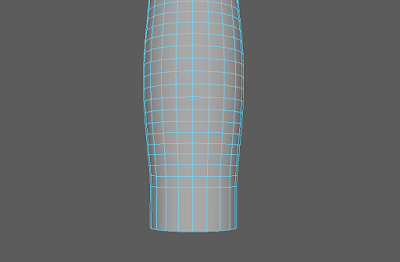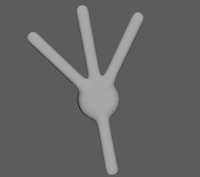Drawing Practice
Animation-Centered Exercices
Yesterday I was browsing some articles on Animationarena.com, and I came across something I felt the need to share with you all!
 |
| Click on the image to visit the article |
In Annie Gray's Article, she covered a multitude of exercises that will train the artist to draw with animation, emotion, and dynamics in mind. Gray emphasizes the importance of seeing the details that you don't see normally. Animators need to be able to draw the small details of objects that the human mind disregards in favor of pattern and shape recognition. For example: the human face is a very detailed, complex object. It has wrinkles, creases, flyaway hairs, eyelashes, and all sorts of traits. However, people don't need all this information to understand what they see is a face.
:)
See, you can register that as a smiling face, can't you? It doesn't have eyelashes, a chin, or even a nose. But our mind knows it to be a face anyway. It's this same effect that gray defines as an issue. if you don't take the time to notice all the details, you won't be able to draw them.
I highly recommend taking a look at this article and trying out its exercises if this is a field you want to go in.
But back to my review!
I've seen some of the exercises they recommend before, and tried out one of them myself today: cafe drawing. Sitting in a classroom I observed my fellow classmates as they tested, and picked out certain people to quickly sketch before they shifted poses. Here are some of the sketches:
It was a lot harder than I expected to get a sketch down before the person moved (And to not look like I'm staring)
But just from doing that much I realized the benefits to doing as the article suggests. If you don't practice these skills of detail and movement-oriented art, you won't get good at them.
Gray clearly has a lot of experience refining and developing these kinds of skills, and the article is very well written (even if it is challenging to follow the exercises). I'm sure that I will be using these in the future, will you?










